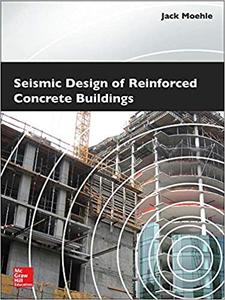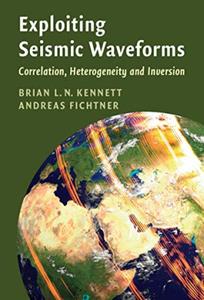Udemy - Basics of Earthquake Engineering, Seismology & Seismic Risks
"softddl.org"
15-11-2021, 12:55
-
Share on social networks:
-
Download for free: Udemy -
-

MP4 | Video: h264, 1280x720 | Audio: AAC, 44.1 KHz, 2 Ch
Genre: eLearning | Language: English + srt | Duration: 13 lectures (56m) | Size: 327.6 MB
Basics of Earthquake Engineering, Seismic Analysis Methods, Seismology & Seismic Risks of Built Environments

MP4 | Video: h264, 1280x720 | Audio: AAC, 44.1 KHz, 2 Ch
Genre: eLearning | Language: English + srt | Duration: 13 lectures (56m) | Size: 327.6 MB
Basics of Earthquake Engineering, Seismic Analysis Methods, Seismology & Seismic Risks of Built Environments
What you'll learn:
Basics and general concepts of seismology, earthquake engineering and seismic risks
Earth structure and layers, plate tectonic, continent movements
Fault types and mechanism
Seismic waves and seismograph and earthquake record
Earthquake epicentre and locations
Earthquake scales
World seismicity
Phenomena during and after the earthquake
Seismograph key parameters
Gutenberg-Richter law
Response spectrum
Seismic Analysis Methods
Earthquake risk and parameters
Effect of earthquake on built environment and human
Effect of earthquake on buildings
Earthquake mitigation measures
Requirements
Structural analysis and physics in a basic level.
Description
This course, includes the basics of earthquake engineering, seismic analysis methods, seismology and seismic risks of built environments.
In this course, you will learn аbout:
1- Seismology, earth structure, and layers and plate tectonics and continent movements which are the main cause of earthquakes. After that, I will focus on faults and different types of the faults that can cause damage.
2- How scientists record the earthquakes and different seismic waves which are very important for earthquake engineers.
3- How to find the earthquake epicentre and what are the different seismic scales.
4- World's seismicity followed by the phenomena during and after the earthquakes.
5- Seismograph parameters and Gutenberg Richter law.
6- How to calculate earthquake return period
7- Earthquake response spectrum.
8- All the seismic analysis methods of structures such as equivalent static analysis, response spectrum analysis and time history analysis.
9- Seismic risk parameters and how to reduce these risks.
10- The impacts of the built environments and humans and the economic aspect of earthquakes.
11- Different mitigation measures in order to reduce earthquake risk.
By the end of this course, you will get a deep understanding of earthquake engineering, seismic analysis methods, seismology, and seismic risks of built environments.
THIS COURSE IS BENEFICIAL FOR:
· Earthquake engineering students
· Geotechnical engineering students
· Civil engineering students
· Structural engineering students
Who this course is for
Civil and geotechnical engineering students
Structural and earthquake engineering students
Graduate engineers
Structural and geotechnical engineers ranging from beginners to intermediate level who would like to refresh their knowledge and get a practical knowledge of seismic loads
Homepage
https://www.udemy.com/course/basics-of-earthquake-engineering-seismology-seismic-risks/Buy Premium From My Links To Get Resumable Support,Max Speed & Support Me
Links are Interchangeable - No Password - Single Extraction
The minimum comment length is 50 characters. comments are moderated






